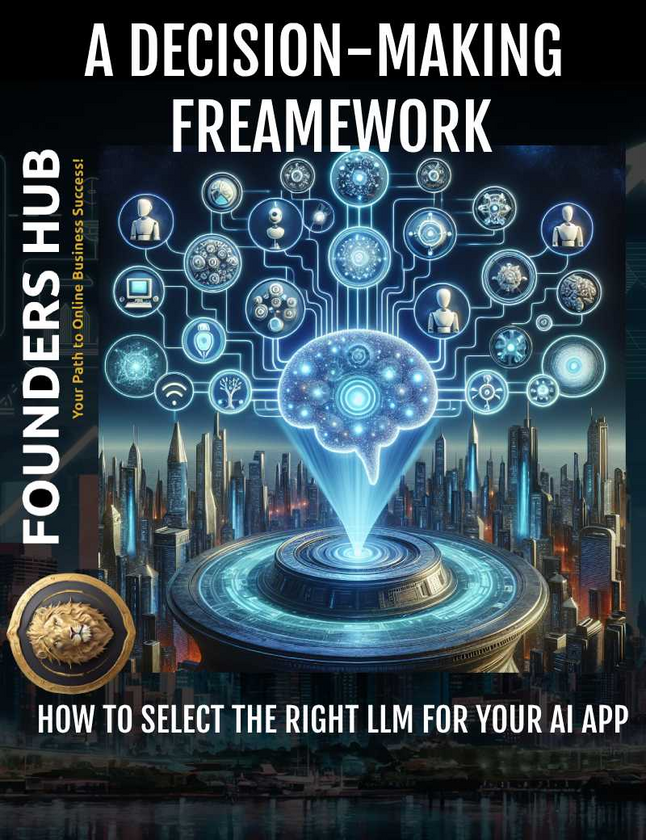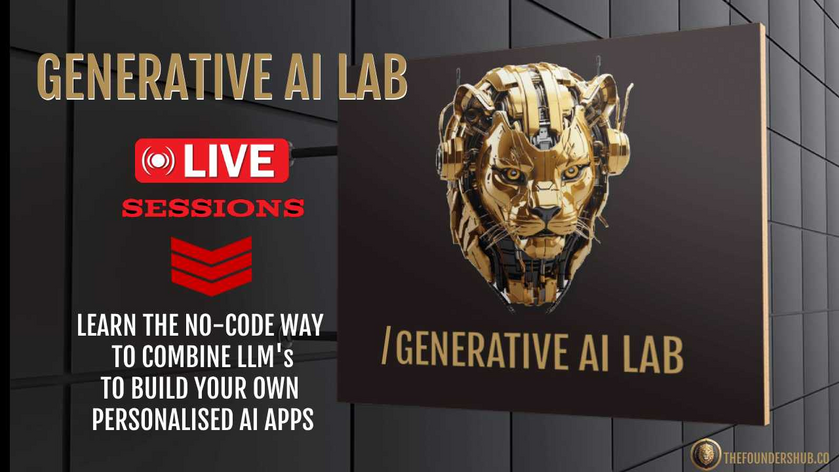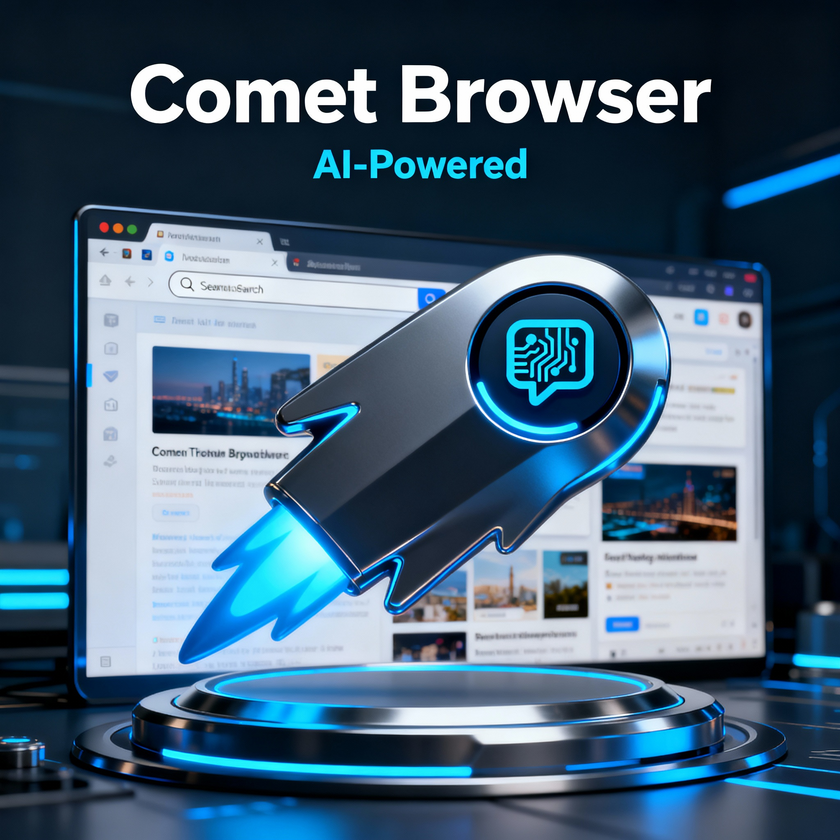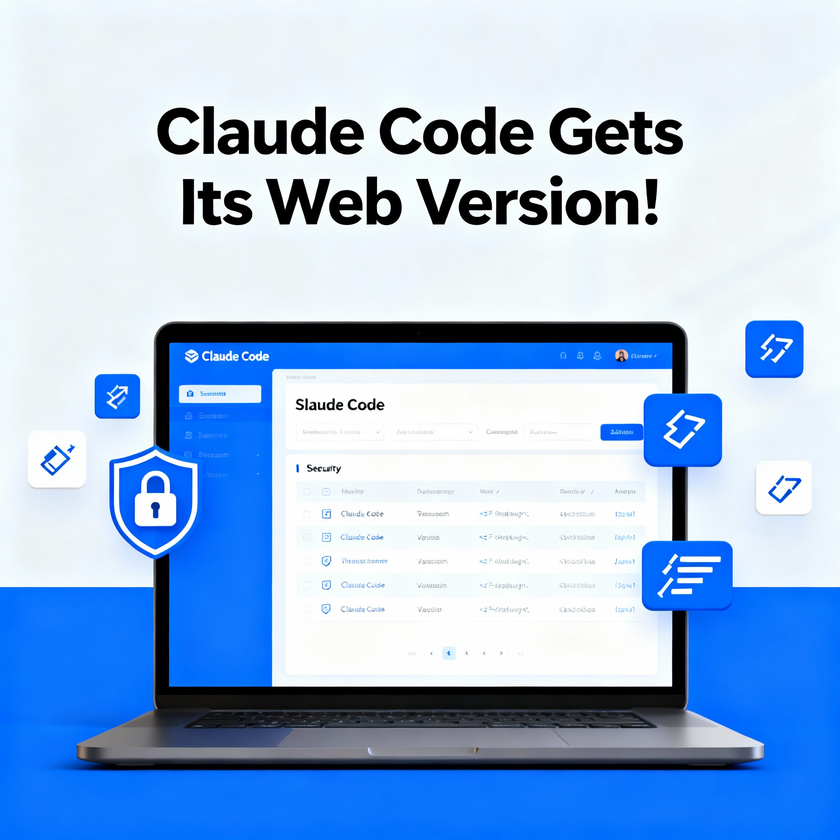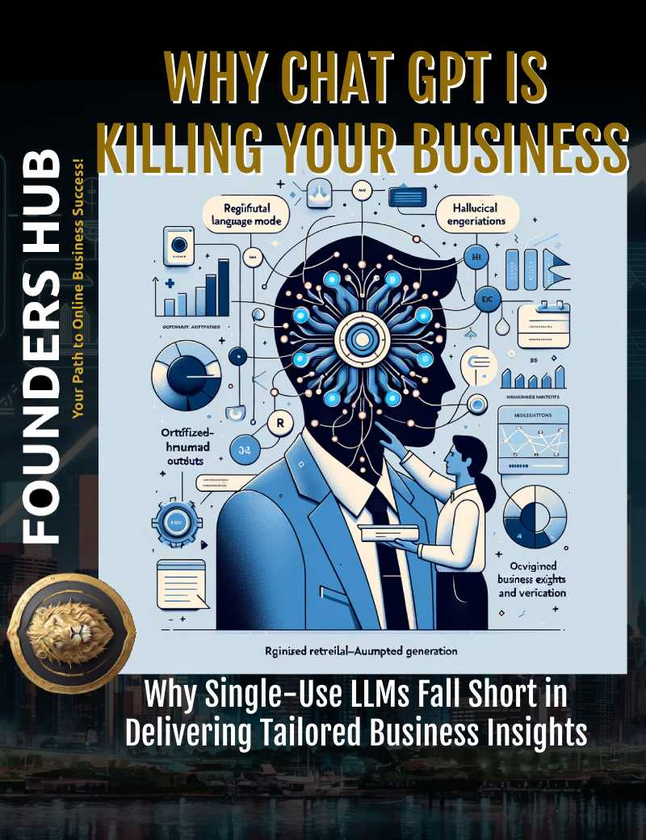Introduction
As the field of artificial intelligence continues to evolve, large language models (LLMs) have emerged as a powerful tool for developers building AI-powered applications. However, with the increasing number of LLM options available, selecting the most suitable one for your specific AI app project can be a daunting task. In this post, we'll provide a structured approach to help you navigate the decision-making process and choose the right LLM for your AI app.
Understanding LLMs and Their Capabilities
Large language models are AI models trained on vast amounts of text data, enabling them to understand and generate human-like language. These models possess a wide range of capabilities, from natural language processing and generation to text summarization, translation, and even task-specific applications like code generation and question-answering.
When selecting an LLM for your AI app, it's essential to understand the specific capabilities and limitations of each model, as well as how they align with the requirements of your project.
Defining Your AI App's Requirements
The first step in choosing the right LLM is to clearly define the requirements of your AI app. Consider the following factors:
- Use Case: What is the primary function of your AI app? Is it focused on natural language processing, generation, or a specific task like question-answering or code generation?
- Performance Metrics: What are the key performance metrics you need to optimize for, such as accuracy, speed, or scalability?
- Data Availability: What type and amount of data will be available for fine-tuning the LLM, if necessary?
- Computational Resources: What hardware and infrastructure will be available to deploy and run the LLM?
- Deployment Environment: Will the LLM be deployed in the cloud, on-premises, or on edge devices?
- Security and Privacy: Are there any specific security or privacy requirements that need to be considered?
By clearly defining these requirements, you can better evaluate and compare different LLM options to find the one that best fits your AI app's needs.
Evaluating LLM Options
With your AI app's requirements in mind, you can now start evaluating different LLM options. Some key factors to consider include:
- Model Performance: Assess the model's performance on relevant benchmarks and tasks, such as language understanding, generation, and task-specific metrics.
- Model Size and Complexity: Consider the trade-offs between model size, complexity, and performance. Larger models may offer better performance but require more computational resources.
- Fine-Tuning Capabilities: Evaluate the ease and effectiveness of fine-tuning the LLM for your specific use case, if necessary.
- Deployment Characteristics: Assess the LLM's deployment requirements, such as hardware, infrastructure, and integration with your existing systems.
- Cost and Licensing: Understand the pricing and licensing models for the LLM, including any fees for API usage or custom model training.
- Community and Support: Consider the size and activity of the LLM's community, as well as the availability of documentation, tutorials, and technical support.
Balancing Tradeoffs and Making the Final Decision
With your AI app's requirements and the evaluated LLM options in mind, you can now start to balance the various tradeoffs and make the final decision. This may involve prioritizing certain requirements over others, or finding the best compromise between different factors.
For example, you may need to decide whether to opt for a larger, more capable LLM that requires more computational resources, or a smaller model that may offer lower performance but is easier to deploy and manage.
Throughout this decision-making process, it's essential to remain objective and data-driven, relying on empirical evidence and thorough testing to ensure you select the most suitable LLM for your AI app project.
Conclusion
Selecting the right LLM for your AI app is a critical decision that can significantly impact the performance, scalability, and overall success of your project. By following the decision-making framework outlined in this post, you can systematically evaluate your requirements, assess LLM options, and make an informed choice that aligns with the goals and constraints of your AI app.
Remember, the selection process doesn't end with the initial decision. As your project evolves and your requirements change, it's important to continuously reevaluate your LLM choice and be prepared to adapt to new technological advancements and market trends.
Good luck with your AI app development journey! If you have any further questions or need assistance, be sure to visit thefoundershub.co for more resources and support.

